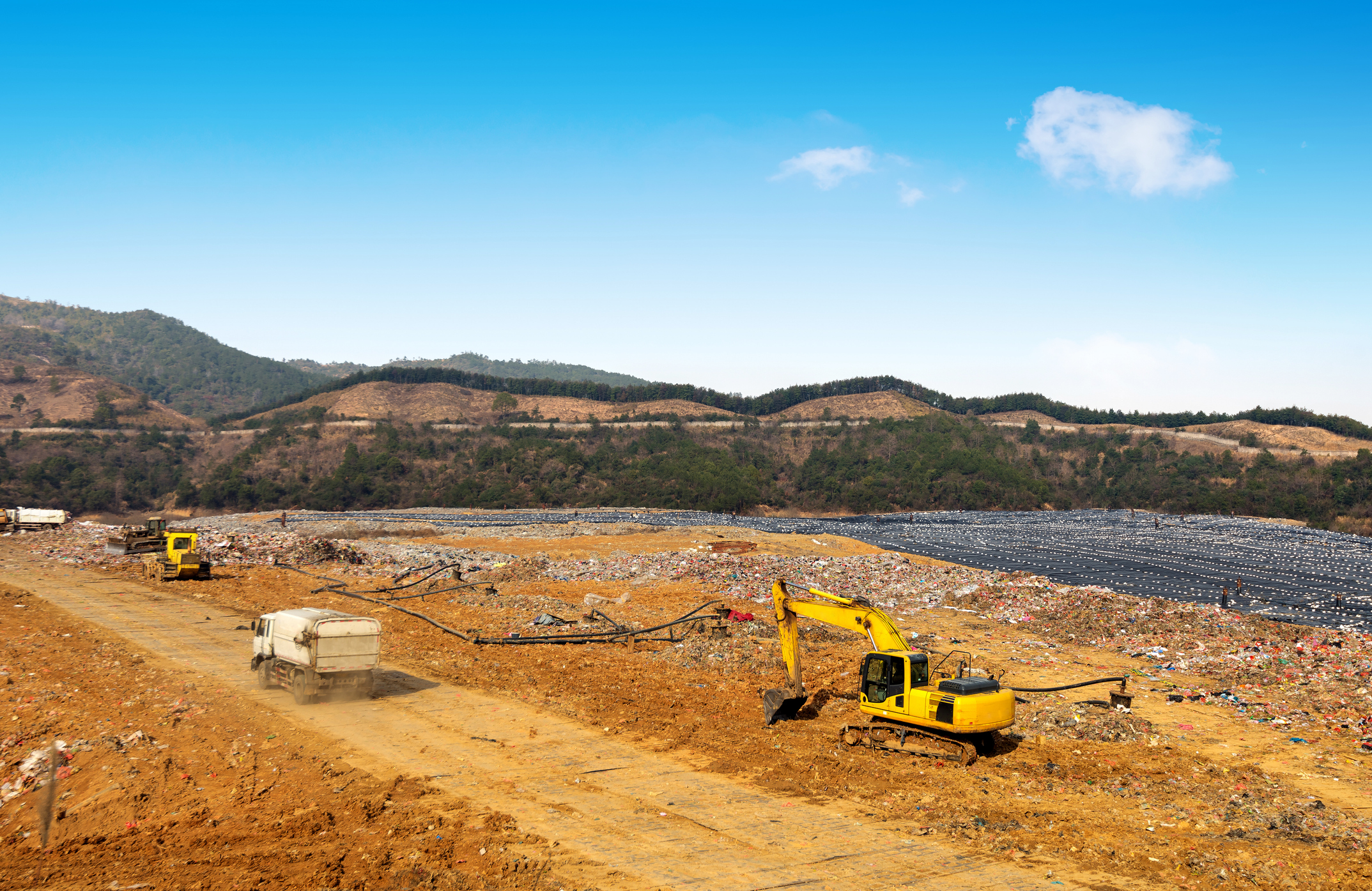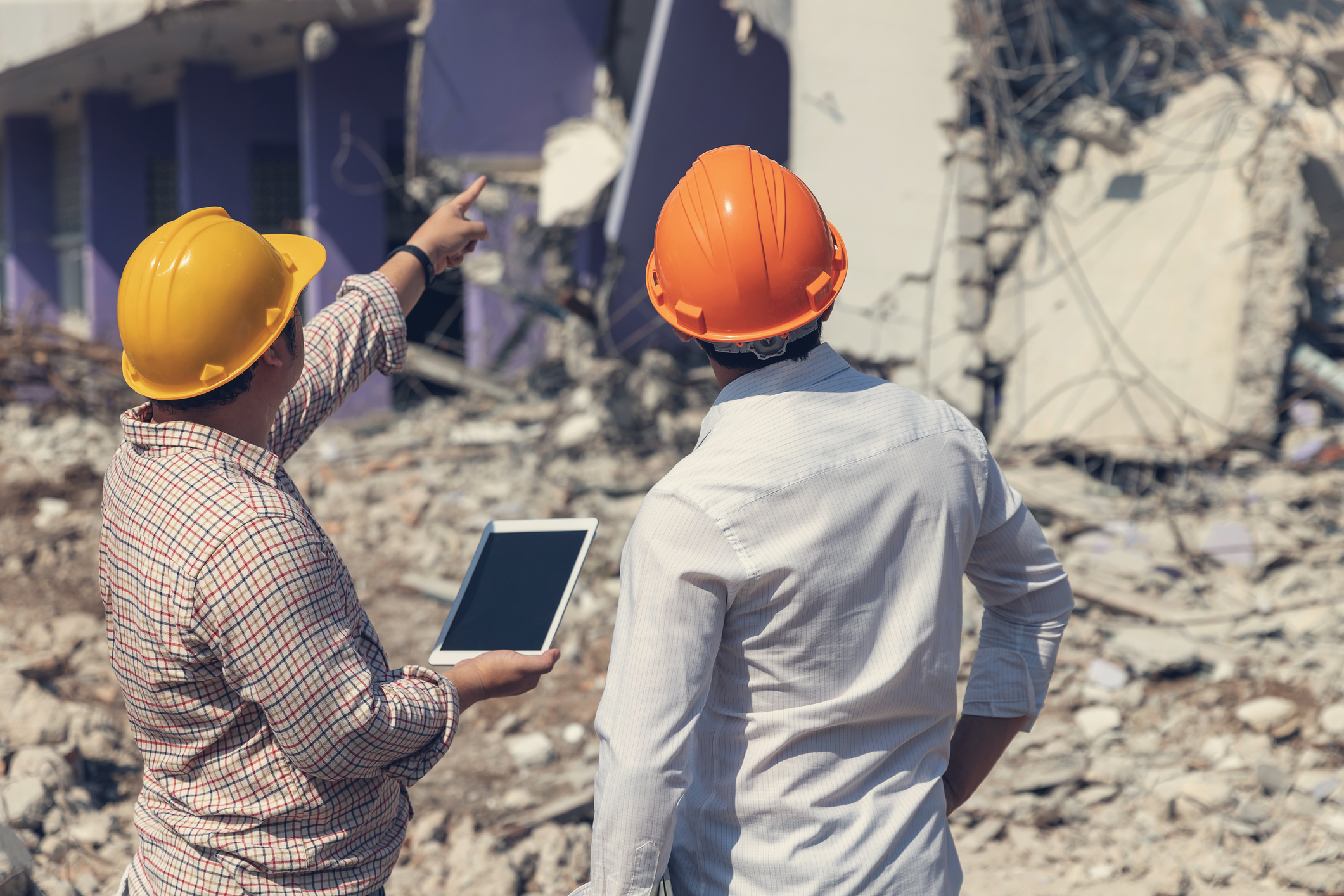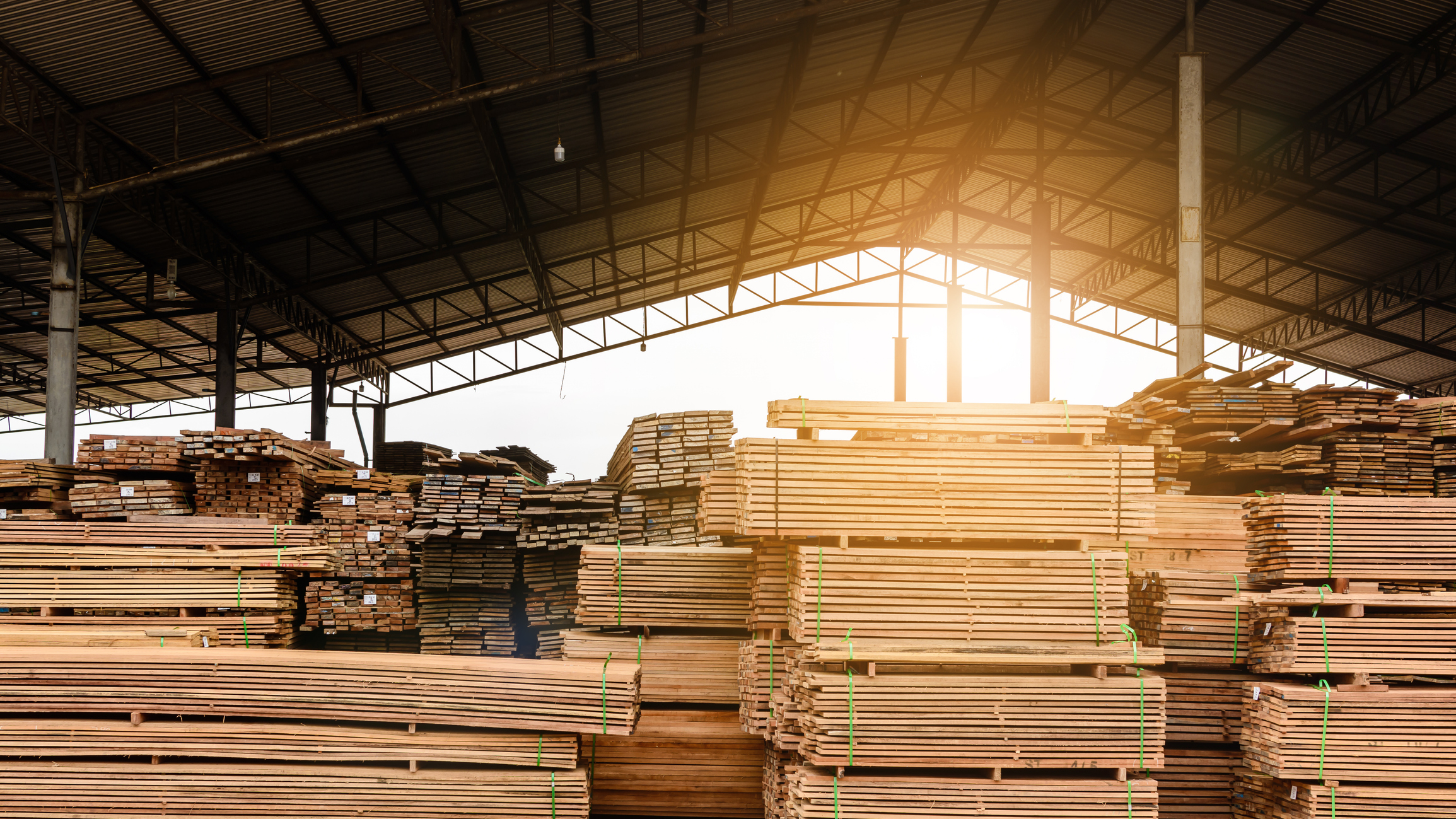Managing Environmental Impact In Large Civil Construction Projects
Here are effective strategies for minimizing environmental impact in large civil construction projects. Find out how Bulk Exchange can help with your project.
With rapid urbanization and infrastructure development, the environmental impact of large civil construction projects has become a pressing issue. It’s more important than ever for industry professionals to implement sustainable practices. Learn ways to minimize your construction projects’ ecological footprint by using sustainable building materials.
Understanding Environmental Impact In Construction
Construction is a major driver of economic development, but it also poses significant environmental challenges. This sector is responsible for a substantial portion of global carbon emissions and waste production. Understanding these impacts is the first step in mitigating them effectively.
Two primary areas of concern are resource consumption and waste generation. Large construction projects often require vast amounts of materials like concrete, steel, and water, leading to resource depletion. Additionally, waste generated from construction sites contributes to landfill burdens and pollution.
The impact isn't limited to resource use and waste. Construction activities can disrupt local ecosystems, affect biodiversity, and cause air and water pollution. To address these issues, stakeholders must adopt a holistic approach, considering both the immediate and long-term environmental effects.
Regulatory Frameworks and Standards
Navigating the complex landscape of environmental regulations is important to understand sustainable construction. International and local guidelines exist to ensure that construction practices minimize harm to the environment. Regulatory frameworks like the National Environmental Policy Act (NEPA) were enacted to ensure that federal agencies thoroughly consider the environmental impacts of their proposed actions before making decisions, requiring them to prioritize environmental factors alongside other considerations when planning projects. This was in response to growing public concern about the deteriorating quality of the environment and inadequate consideration of environmental impacts in major federal projects. Impact Statements (EISs) and Environmental Assessments (EAs) to assess the potential impacts of different courses of action.
In addition to legal requirements, numerous voluntary standards and certifications can guide construction projects. Certifications like Leadership in Energy and Environmental Design (LEED) encourage the adoption of sustainable practices by assessing various criteria such as energy efficiency, water use, and waste management.
Environmental Impact Assessments (EIA)
Pre-Project EIA: Conduct comprehensive assessments to identify potential impacts on soil, water, air, and biodiversity. This analysis should inform the project’s design and decision-making.
Innovative Materials and Technologies
One of the most exciting aspects of sustainable construction is the innovation in materials and technologies. Green materials are emerging as viable alternatives to traditional building materials, offering reduced environmental footprints and enhanced performance. For instance, green concrete is a sustainable alternative to traditional concrete that uses recycled materials and requires less energy to produce. Likewise, Cross-Laminated Timber (CLT) offers a renewable alternative to concrete and steel, providing structural integrity while storing carbon.
Technological advancements are also playing a crucial role in minimizing construction's environmental impact. Drones and sensors enable real-time monitoring of construction sites, improving efficiency and reducing waste. Meanwhile, Building Information Modeling (BIM) allows for precise planning and resource management, minimizing environmental impact.

Energy Efficiency in Construction
Energy consumption during construction and operation phases is a significant contributor to environmental impact. To help reduce your carbon footprint, construction companies can adopt strategies like prefabrication which reduces energy use by assembling components off-site in controlled environments. This not only minimizes energy consumption, but also decreases waste and transportation emissions.
Incorporating renewable energy sources like solar panels and wind turbines into construction sites can further help with energy efficiency. These technologies provide clean energy to power construction activities, reducing reliance on fossil fuels.
Water Management
Construction projects can strain local water supplies if not managed carefully, so efficient water management strategies are essential for sustainable construction. Some water management strategies for construction include: rainwater harvesting, greywater recycling, using water-saving fixtures like low-flow taps and dual-flush toilets, implementing smart irrigation systems, and proper soil management.
Waste Reduction and Recycling
Waste management is a key aspect of sustainable construction. By minimizing waste generation and promoting recycling, construction projects can significantly reduce their environmental impact. On-site waste separation is a good strategy for managing waste efficiently. By sorting materials like wood, metal, and concrete, construction companies can divert waste from landfills and send it to recycling facilities. Construction waste can also be repurposed into new building materials, reducing the need for more resources.
Future Trends in Sustainable Construction
The field of sustainable construction is constantly evolving, driven by technological advancements and changing consumer expectations. Staying informed about future trends will help you remain competitive and environmentally responsible.
Some of other emerging trends include:
- Biophilic architecture
- 3D printing
- Smart Buildings
It’s important to continuously monitor and audit the environmental impact your construction project has. Use air quality monitors, noise sensors, and water quality testers to track the environmental impact in real time. Implement systems Environmental Management Systems (EMS) like ISO 14001 to streamline environmental management processes and ensure compliance. Make sustainable building choices in an effort to help keep the environment clean.
Are you starting a construction project and need to find the right material? We can help you source the material you’ll need for your project and have also added a carbon calculator feature so you can make the right financial and environmental choice for your project. Get started with Bulk Exchange for free today!

.svg)





